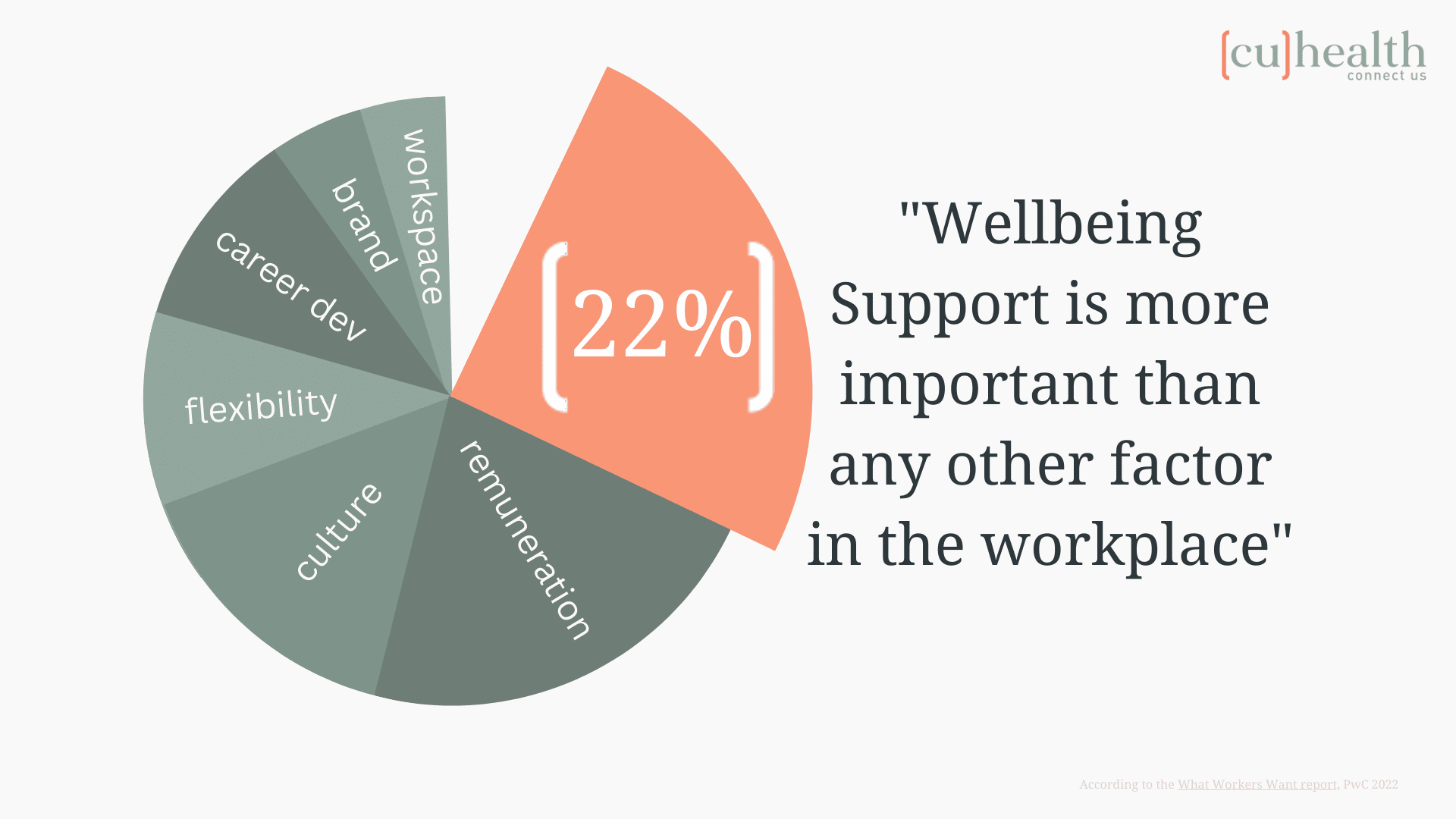Retention in a time of turmoil
Staff retention can be a weird beast and the pandemic has caused incredible upheaval in the HR game over the last couple of years. Fear and uncertainty throughout 2020, along with JobKeeper payments kept Australian staff in a holding pattern, leading to the lowest rates of employee turnover on record in the 12 months to February 2021. Then The Great Resignation wave started to crash on our shores, with a whopping 1.3 million people – 9.5% of the total workforce – changing jobs in the year to February 2022: “the highest annual job mobility rate since 2012,” according to the ABS.
So, what is all this turnover costing you? It is common belief that retention is cheaper than replacement, but it’s really more complex than that. Some churn is inevitable. Even if you’re doing everything right as an organisation, you will always experience some staffing changes for reasons outside of your control.
Research by PwC suggests turnover costs represent more than 12% of pre-tax income for the average organisation with that percentage going up to nearly 40% for companies with a lot of churn.
The Society for Human Resource Management (SHRM) estimates that replacing an employee costs up to 50-60% of an employee’s annual salary in direct costs (recruitment and retraining), with total costs associated with turnover (once you factor in things like productivity loss etc) ranging from 90% to 200% of annual salary.
So, we can all get on the same page here: turnover is a huge expense.
However, scientific studies into HR management (and turnover specifically) direct us to split our thoughts around employee changes into two categories: functional turnover and dysfunctional turnover.
Functional turnover is how we categorise staff changes that are neutral or even beneficial to the company; people with easy-to-replace skill sets and/or problem employees.
Dysfunctional turnover is the one we want to avoid as much as possible. This is how we categorise the loss of high-performers and employees with difficult-to-replace skillsets. This is the type of turnover we want to minimise the most.
Monica Watt is a career coach with Incredible Buzz. She says that keeping your top performers on side is crucial for both output and maintaining company culture. “Top talent is the litmus test to the culture of an organisation,” she explains. “They know your business, they know the market, they know your people, and they want to be successful. And we all know that domino effect: when you lose one top talent, you must expect to lose more. When your top talent leaves they create gaps in the culture, which negatively impacts productivity and connection.”
The way to ensure you are retaining these cultural champions is by really focusing on your Employee Value Proposition (EVP). What are you offering your existing and prospective employees that make you stand out from the crowd and keep your people happy?
Research shows that 25% of workers say the reason they join an organisation isn’t always why they stay. They might take the job for the pay packet but stay for the culture; they came on-board for opportunities for advancement but stay because of the flexible work arrangements. Working out what benefits they will really value is a crucial part of that puzzle.
PwC research from last year showed that leaders’ perspectives on what employees value most differed from what workers said they really want, leaving organisations in a potentially dangerous situation. So, what do employees want these days?
In the post-COVID world, while traditional incentives (like competitive remuneration and room for advancement) are still relevant motivators, we’re seeing a lot more interest in wellbeing and lifestyle factors as incentives. The pandemic had a lot of people reconsidering what is important to them and work/life balance and wellbeing are now much higher on those lists of priorities. People want more autonomy and flexibility in how and when they work and a workplace that actively prioritises their wellbeing.
Shanyn Payne is Chief People Officer at Finder. She says that health and wellbeing programs are a cornerstone of their retention policy. “We want our crew to be and feel their best both at work and in their personal lives,” she explains.
Finder backs up this sentiment by offering perks like a generous paid parental leave program and additional “life leave” for important life events each year. That might be attending a wedding, first day of school, or adopting a new pet. “It also encourages crew to take much needed time out when the unexpected hits, like heartbreak,” says Payne.
By promoting a flexible and balanced work life, you position your organisation as one with a people-focused work culture whilst also maintaining peak productivity and reducing dysfunctional turnover.
‘Wellbeing’ is not just the cool buzzword of the day, it’s good business.
So, what does wellbeing mean to your employees? And how can you leverage this incentive to maximise your functional retention? Start a conversation with one of our team today to see how CU Health can help.





